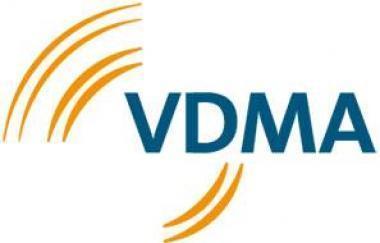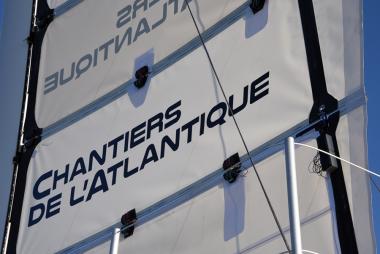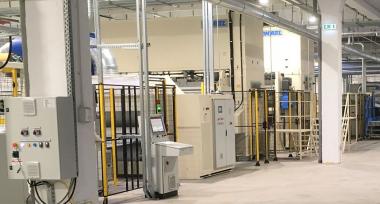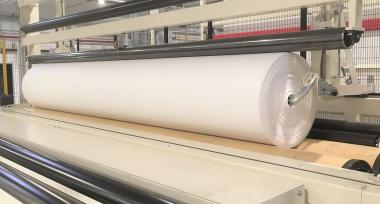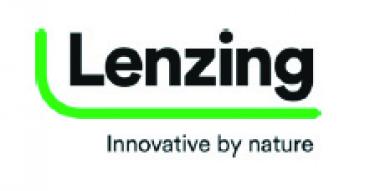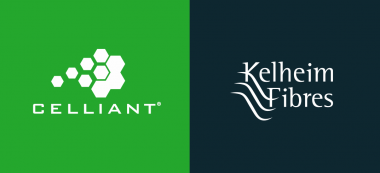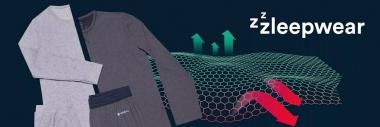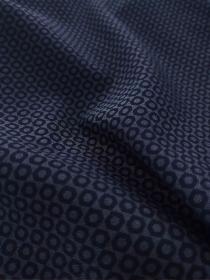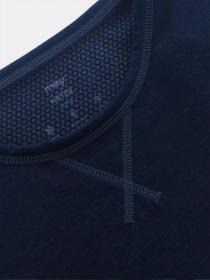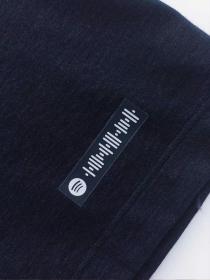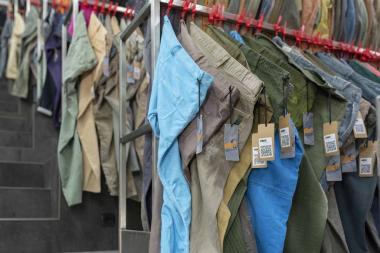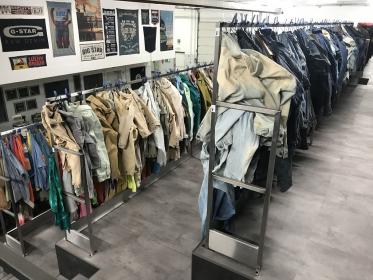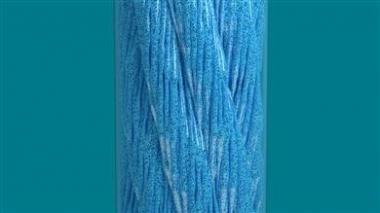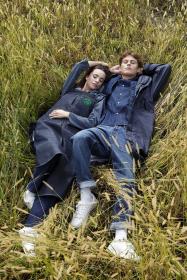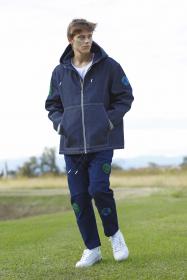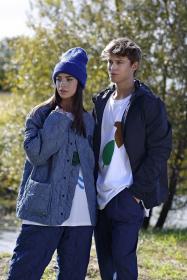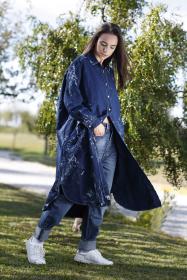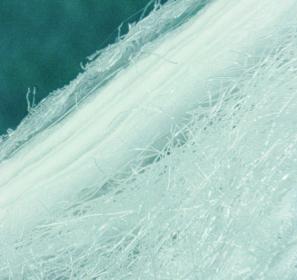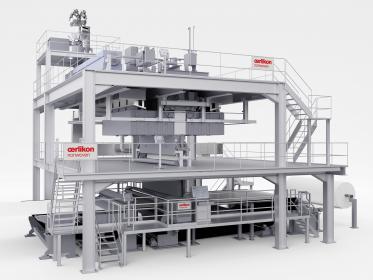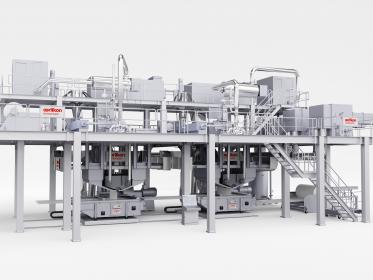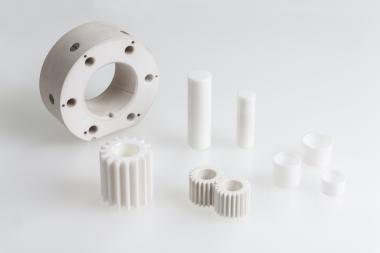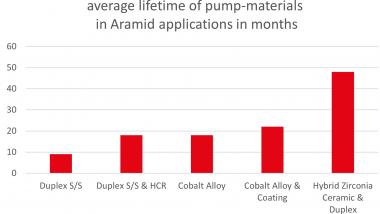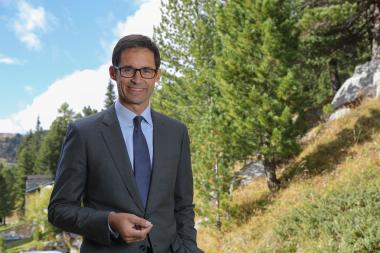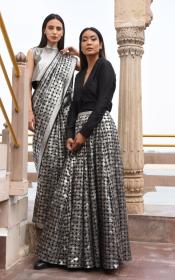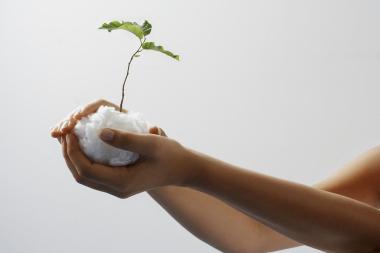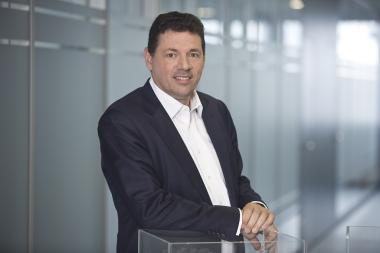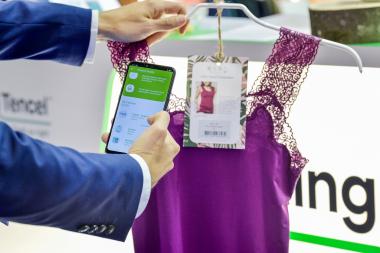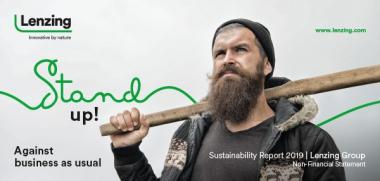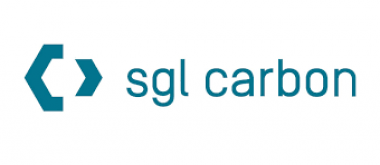VDMA continues technology webtalks
- Webtalk on material efficiency and recycling for the manmade fiber industry
The next VDMA technology webtalk is scheduled for 9th February 2021 (2-4 pm CET). The focus will be on "Material efficiency & recycling technologies for the manmade fiber industry".
The presenters and their topics at a glance:
- Manfred Dobersberger, PureLoop and Wolfgang Hermann, EREMA Engineering Recycling Maschinen und Anlagen will present an integrated shredder extrusion technology for fibrous, textiles scraps, multilayers, films, trays, straps, foam, trays but also polymer mix materials from textiles and even classical thermoplastic composite materials.
- Axel Hannemann, company Gneuss, offers recycling solutions which enable the fibre manufacturer to use their otherwise worthless fibre waste to substitute virgin material in the manufacture of high-quality fibres.
- Markus Reichwein, Oerlikon Manmade Fibers: “We at Oerlikon Manmade Fibers describe a cascaded approach into new technologies as well as different material sources outlining your need for versatile solutions.”
After the presentations, the experts will be available to answer the participants' questions. Registration is possible.


